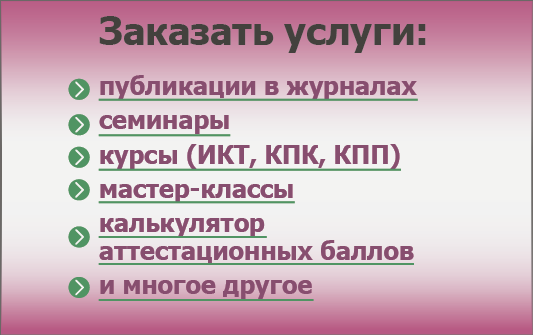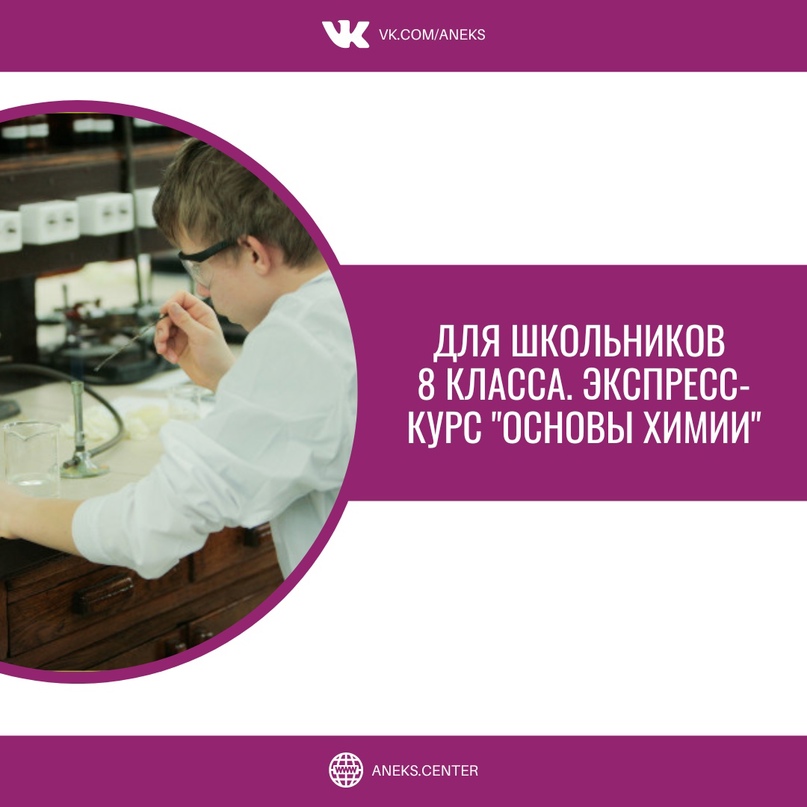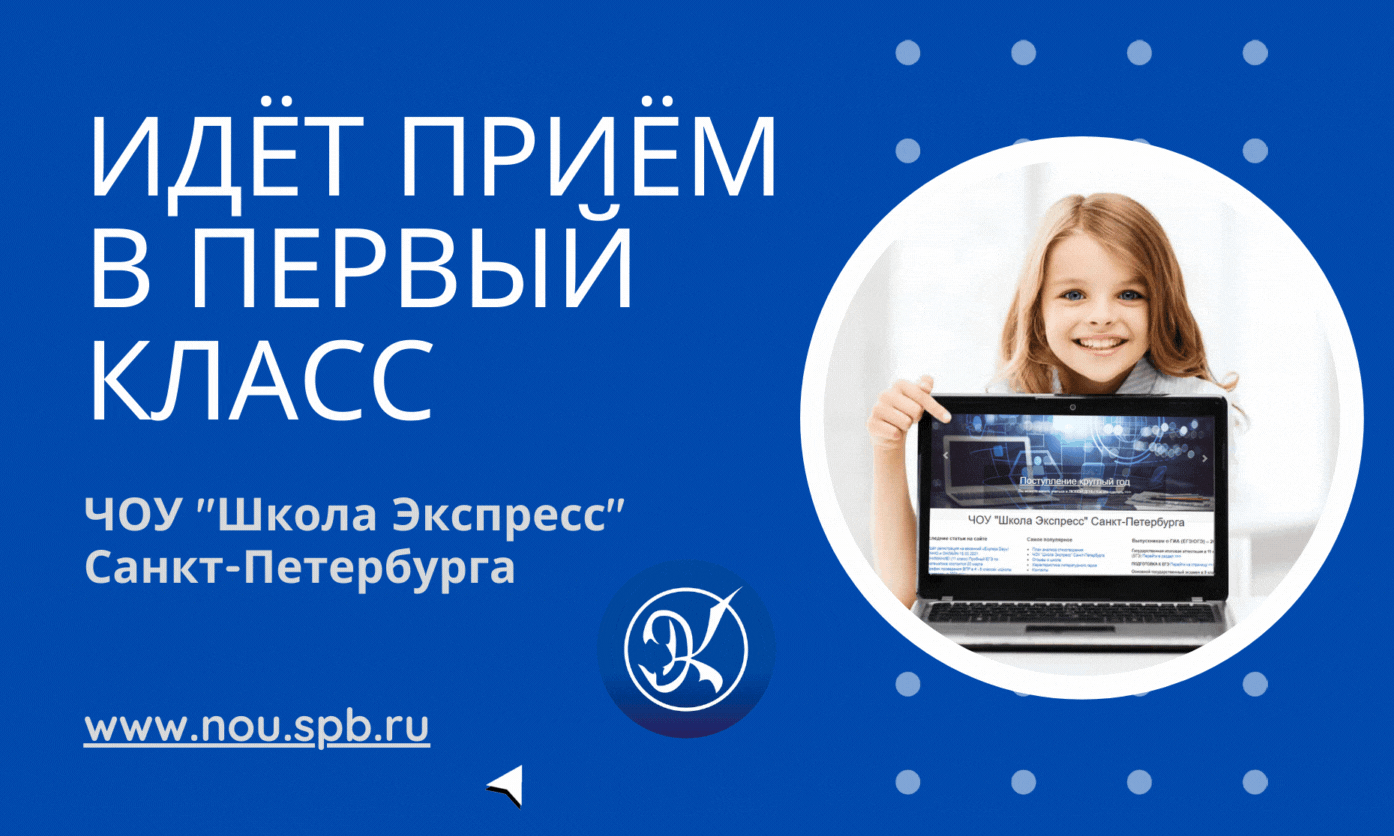Конспект урока по английскому языку
по теме “Science”
в 11 классе
Преподаватель: Рубан И.М.
Санкт-Петербург
2012г.
Цели урока:
Практическая цель : формирование лексических навыков по теме “Scienceandinventions”
Воспитательная цель: воспитывать умение высказывать и обосновывать свою точку зрения.
Развивающая цель: развитие мышления, внимания и творческих способностей.
Задачи урока:
- Тренировать учащихся в составлении микро-высказывания с аргументацией, с использованием лексики по теме.
- Тренировать учащихся в аудировании диалога по теме “Inventions”.
- Тренировать учащихся в чтении текста “Creativethinking”
- Выполнение заданий с элементами творческого мышления.
- Построение высказываний о будущем с использованием подходящих грамматических конструкций и лексического материала.
Используемые технологии: информационные технологии, технология личностно-ориентированного образования.
Оснащениеурока:
- УМКOpportunities Upper intermediate by Michael Harris, David Mower etc., Longman,
- мультимедийный проектор,
- раздаточный материал,
- доска,
- аудиозапись.
Ход урока
1. Приветствие. Организационный момент. Сообщений учащимся целей урока.
Good morning! You may sit down. How are you today? Let’s start our lesson.
Today we are going to talk about various inventors, inventions and discoveries made in the past and possible future discoveries. You will express your opinion of some inventions that are widely used nowadays and later I would also like you to predict some future inventions.
2. Составление микро - монологического высказывания с аргументацией. Работа в группах.
Could you look at the screen. (Slide 1) The pictures show products that have been invented over the last five hundred years. Let’s first name these inventions. (Students one by one name the pictures). ( a washing machine, a toothbrush, a dishwasher, a safety razor, windscreen wipers, disposable nappies, a bullet-proof vest, a vacuum cleaner, a digital pad, a navigator, a zip, Tippex.)
Which inventions are the newest and have been invented just recently? ( a navigator and a digital pad)
I asked 2 people in your class to prepare small reports about these objects beforehand. And now they are going to tell us some words about these things and they’ll also tell you why they are so important for our society nowadays.
(Two students make short presentations)
Do you have any questions to the speakers?
Now, look at the pictures once again. Work in small groups and tell us how you would order the inventions according to the following criteria:
- The most/last important for society
- The most/least important for you personally
- The most/least likely to be changed or replaced by future technology
Give your reasons.
Students work in groups, discussing their opinions. Then some of them report back to the class giving their reasons.
3. Listening
- Thank you. It was well done. Before we pass on to the next activity, could you try to remember several famous inventors and their inventions. You may also open your books p. 54 to look at the photos and remember some famous scientists and inventors. (Students give their examples: e.g. A. Bell and telephone, Einstein and his famous equation etc.)
As you can see, most of the inventors you mentioned are men. Can you try to remember any women-inventors? (students give their answers)
There are many women who invented different popular and important things. And now we are going to learn some information about them. But before it, would you look at the screen again and try to predict which 5 of these things were invented by women? (students give their variants)
Now listen to a radio programme and complete the sentences with the inventions.
(Students listen and complete the gaps in the handouts. Then they find out 5 women who invented some things that are widely used nowadays)
- Listen for the second time and answer the questions.
Ex. 1
Listen to a radio programme about inventions. Were you right? Complete the sentences with the inventions.
- _________________________ was invented by Josephine Cochrane in 1886.
- _________________________ were invented by Mary Anderson in 1903.
- _________________________ were invented by Marion Donovan in 1950.
- ________________________ was invented by Bette Nesmith Graham in 1956. (frustrated)
- ________________________ was invented by Stephanie Kwolek in 1966.
Listen again and answer the questions.
- What happened after Josephine Cochrane’s dinner parties?
- What was the problem with cars in 1903 when it rained or snowed?
- How many disposable nappies are used every day?
- What was Bette Nesmith Graham’s job?
- What was special about the material Stephanie Kwolek invented?
Thank you.
4. Reading.
Open your books p. 55. Read the quotation at the bottom of the page. How do you understand it?
(students give their opinions)
You may see how many famous people managed to discover or invent something new and useful. But why does it happen that some people discover or invent something and become famous, but others don’t have such ability or a chance to create something original?!
We are going to read the text about creative thinking and about how it can help us to become inventors. But before we read the article, let’s make an experiment. Read the introduction to the article and follow the instructions.
(students read the introduction and complete the task that proves that people have “a blind spot”.
Did the elephant disappear?
Now let’s go on reading. Read the text and answer the questions.
- What are psychological “blind spots”? What do they cause?
- What’s the difference between ordinary people and people who don’t have these psychological “blind spots”?
- Why don’t most people think creatively?
- Why are the three things on the screen examples of creative thinking?
- How can we make ourselves creative thinkers?
(students read the text and answer the questions)
- Doing a quiz
And finally lets find out if you are a creative thinker. Read the questions individually and answer the questions.
(the teacher then gives the results of the test)
The second task that can help us decide how creative you are is the following: in 2 minutes add lines to these boxes to make each one into a different object. (appendix 2)
(Then the teacher gives the results of the test)
- Reflexion
Did you like the lesson? Which activities did you like most?
Did you learn something new? Would you like to find some more information about the problem of Creative thinking?
Your marks for today are the following…
Your home task is ex. 5 in your handouts.
(home-task)Making predictions about the future.
Look at the words in the box. Put these things into one of the following categories:
- Gadgets that will never be invented in your lifetime
- Gadgets you’ve got
- Gadgets you’d like to have
- Gadgets you will never need
Give your reasons.
|
6. Summary.
Did you like the lesson? What did you like most?
Your home-task is…..
Extra activities:
- Doing a quiz
- Language Power Book p. 70, ex.1
Слайды к уроку находятся в разделе Файлы и фотографии











